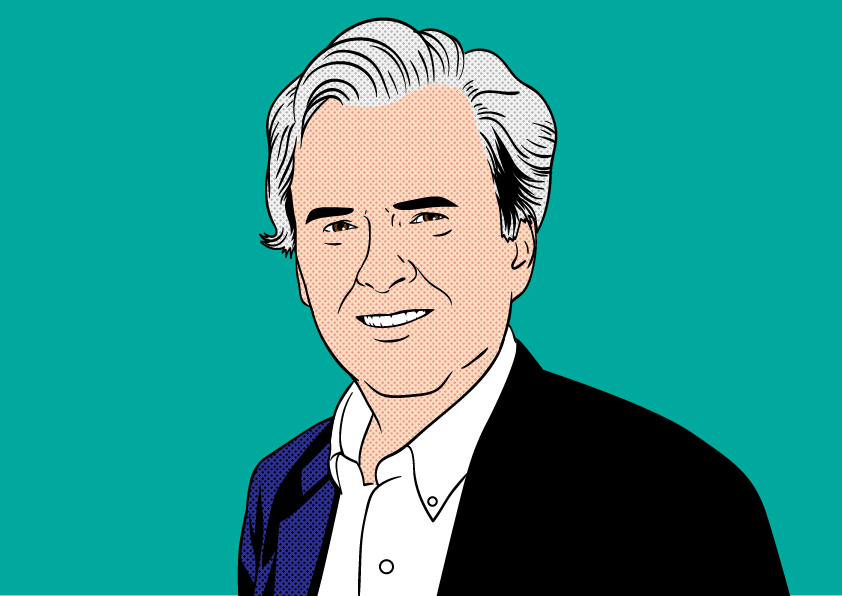Who Lost the Rideshare Brawl at Sky Harbor?

By Robert McGarvey
Sky Harbor and Ridesharing: The Update
It was just January when it looked as though Uber and Lyft were pulling out of servicing Phoenix’s Sky Harbor Airport, the nation’s 13th busiest, and the issue was that Phoenix wanted to tack a $4 charge on every trip (both pick ups and drop offs) and the ridesharing goliaths cried foul.
Riders have been paying $2.66 for pick ups at the airport. No fee for drop offs.
Why did Phoenix want to hike the fares? Phoenix faces the same issue every airport does. The ridesharing companies quickly have grabbed dominant marketshares – but in many cases are paying less than taxi companies. Many government eyes across the country were on Sky Harbor because every airport faces the same problem of plummeting taxi usage and thus radically reduced income.
That made this fight important. What happened in Phoenix is going to happen across the nation.
Spoiler: You are not going to like how this story ends. And that is true even if you don’t step into Sky Harbor in the next decade.
Back to six months ago and the history that got us here.
Phoenix may have thought it had law on its side but Arizona Attorney General Mark Brnovich filed suit against the city, claiming the charges were unconstitutional. That gave the rideshare operators potent cover.
And so the sides were clearly drawn. Phoenix said it wanted and needed the increased fee revenue. Both Lyft and Uber – which account for 80% of commercial traffic at Sky Harbor – said no way, they would pull out before they would pay those fees or pass them on to riders.
In November, Lyft plainly threw down its gauntlet: “We have reviewed our options at Sky Harbor and believe we are obligated to prevent the unfair penalization of our drivers and riders,” Lyft spokesperson Lauren Alexander said in a statement.
Not a lot of wiggle room in that verbiage, is there?
Look again because apparently there is.
In early April, the Arizona Supreme Court ruled the fees are constitutional – and the game of chicken was on.
The new fees kick in May 1, by the way.
It did not take long for one side to blink.
Lyft, earlier this week, said this: “While we remain concerned about parity across ground transportation modes and affordability, particularly during this challenging time, our full focus is on the safety of our riders, drivers, and team members,” Lyft said in a statement to KTAR News 92.3 FM.
“We will continue to operate at Phoenix Sky Harbor Airport to provide travelers with access to reliable transportation and earning opportunities for drivers.”
Uber has yet to be heard from but it will fold as well.
It’s all about the money, baby.
Uber cannot afford to allow Lyft to control Sky Harbor and all the more so because for many of us airport transit is the gateway into ridesharing. Use it instead of a taxi and, often, the cars are cleaner, the drivers are friendlier, and the fares are typically lower.
If we started using Lyft for airport transit, Uber has to figure, soon we would become Lyft regulars and Uber cannot allow that.
Probably, too, even with the $4 fee, it will usually be cheaper to take Uber or Lyft to the airport than a taxi.
Here’s the thing, don’t cry for Lyft or Uber. Cry for yourself. Cry for the other passengers. We are who will pay the $4 fee. Not Lyft, not Uber. Nor the gig economy drivers. Us.
And we will pay it not just at Sky Harbor but at airports around the country, just about all of which are grappling with unbalanced budgets and slapping higher fees on Uber and Lyft just seems an easy thing to do.
They will see what happened in Phoenix, a light bulb will click and, watch, airport after airport will impose higher fees on rideshares.
And we will pay it. You and I.
Updated: Uber as expected has told the Arizona Republic it will continue to service Sky Harbor. It provided the paper no statement.